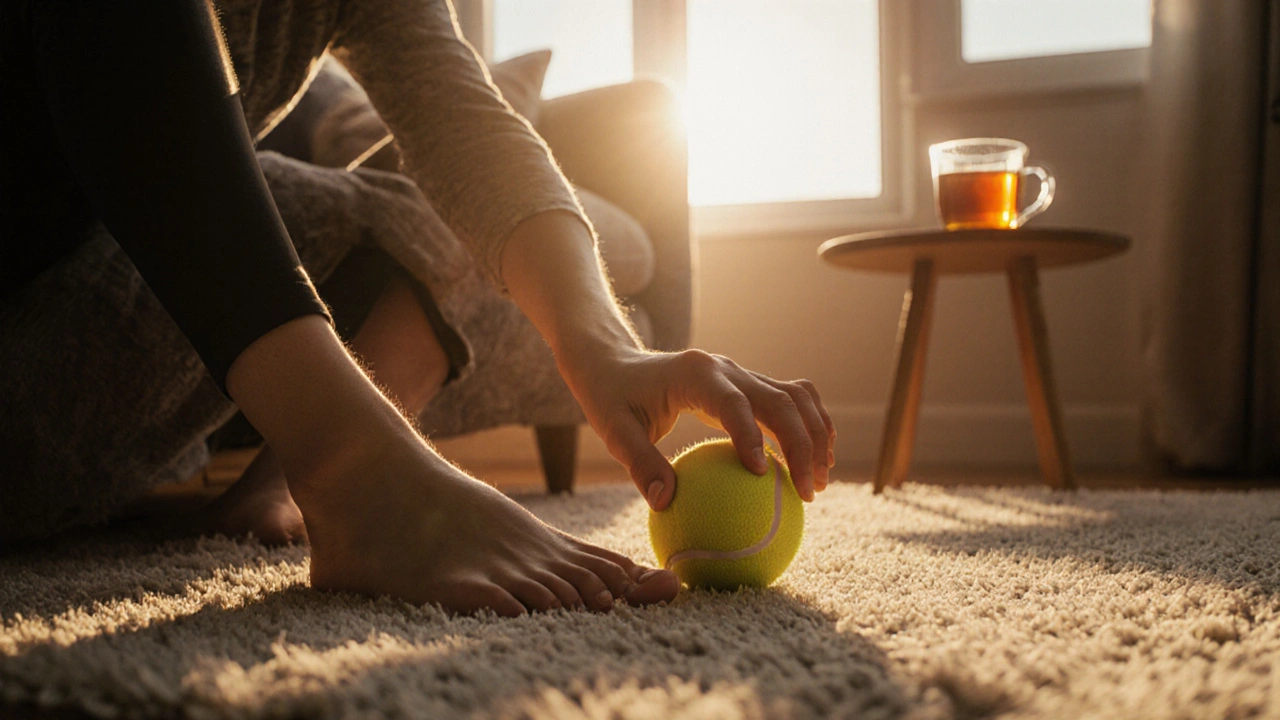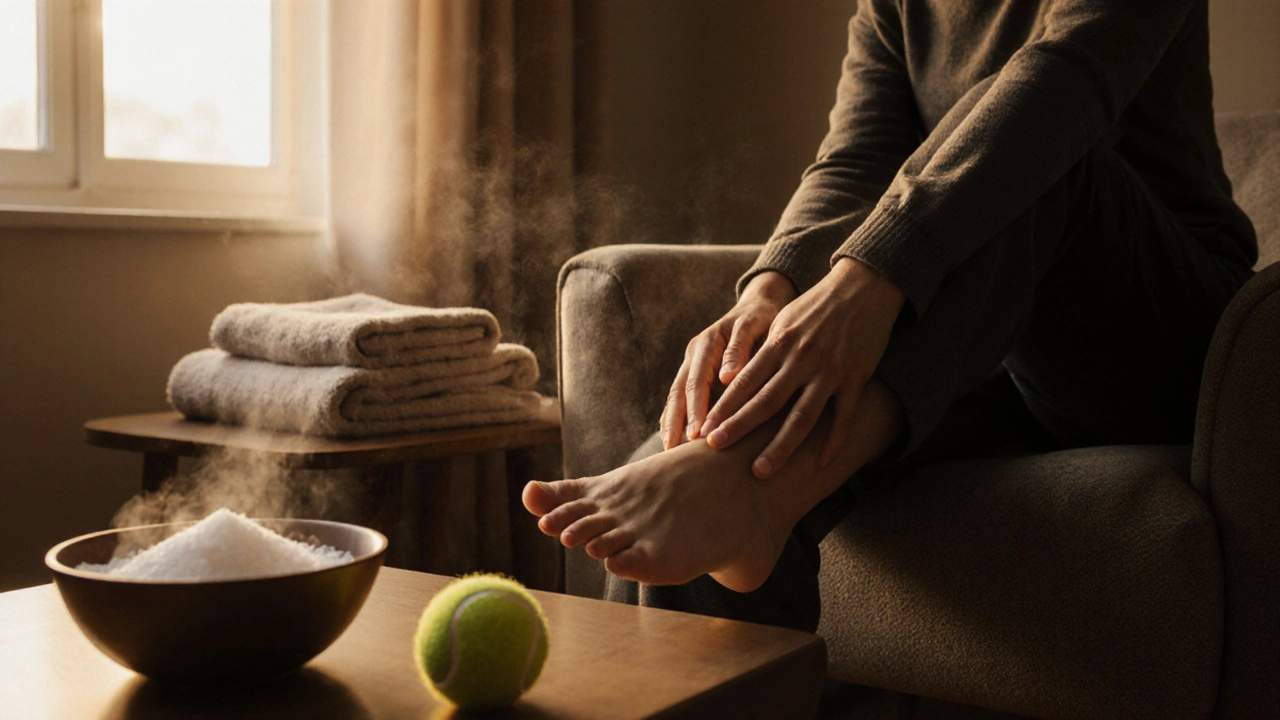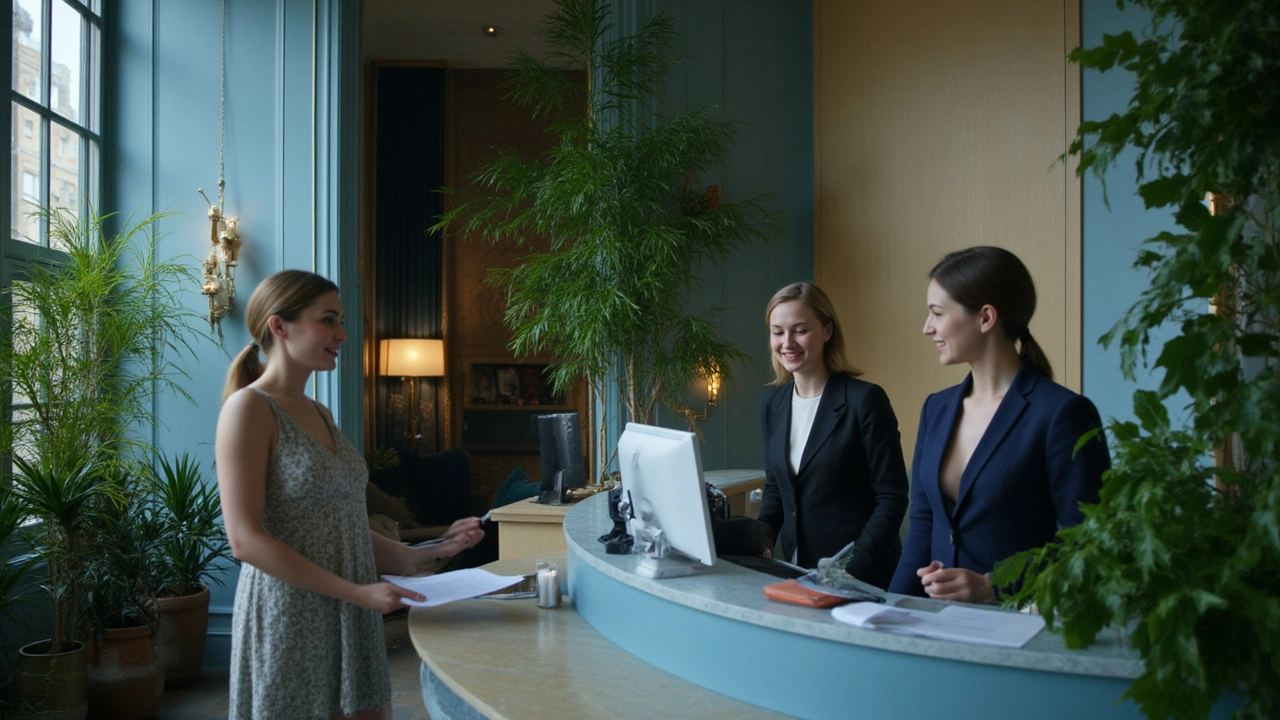Ultimate Guide to Foot Massage: Everyday Relaxation & Health Benefits
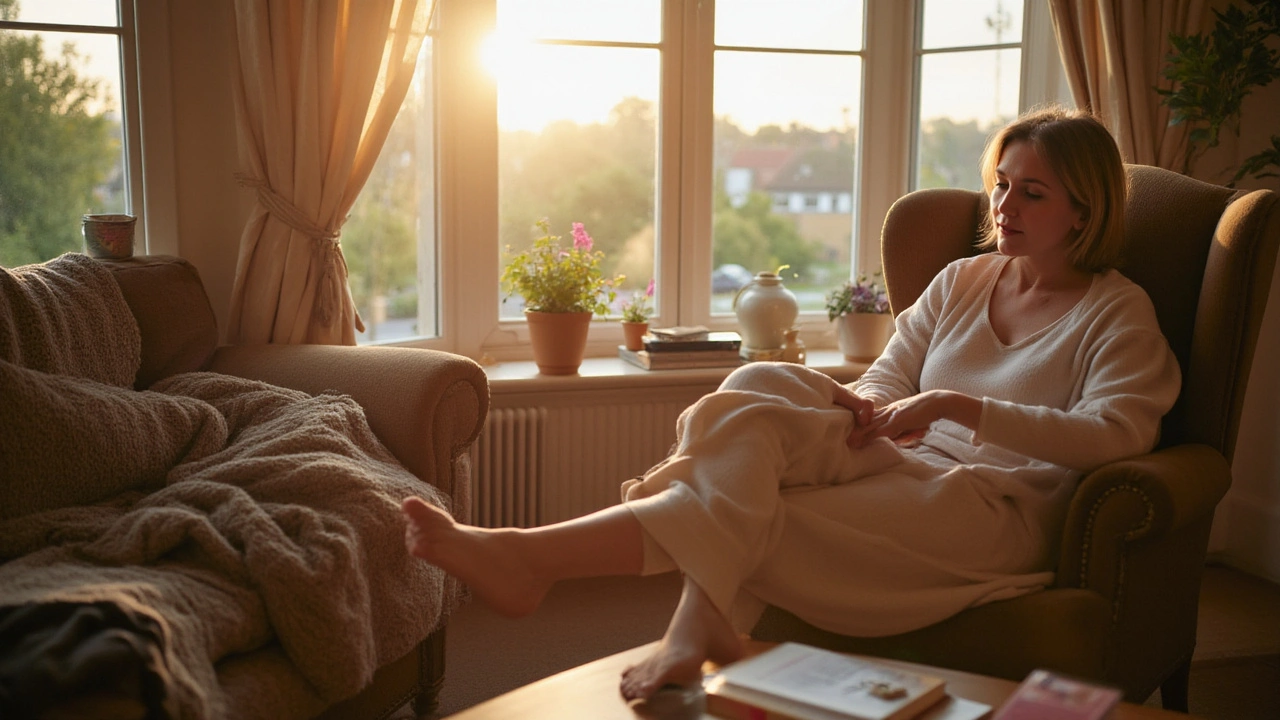
It’s wild how often we ignore our feet given how much they endure—twelve hours in shoes that squeeze, standing commutes, frantic errands, quick dashes upstairs. Still, most of us only think about them when they ache. But here’s the twist: regular foot massage can do way more than just ease tiredness. For many cultures, foot massage is a healing ritual, not just a luxury—science is starting to catch up. Whether you’re rushing through city streets or just stuck at a desk for hours, spending ten minutes on a foot massage might be the reset button your body and mind need. Modern research backs up what people in ancient China and Egypt practiced: foot massage unlocks relaxation and delivers actual health perks. Let’s break out of the idea that foot care is just about pedicures. Ready to see how a simple ritual can supercharge your energy and peace of mind?
Hidden Science: Why Foot Massage Works Overtime
Turns out, your feet have more nerve endings per square centimeter than nearly any other part of your body—around 7,000 nerves in each foot, to be exact. If you’ve ever felt the electric zing after stepping on a LEGO, you know they’re sensitive. But this isn’t a design flaw; it’s an advantage. The dense network delivers information straight to your brain, helping balance, movement, and alertness. And it’s not just about walking—these nerves also connect to various organs and systems, which is the foundation of reflexology. A study from the University of Portsmouth in 2023 looked at foot massage in nurses with high job stress and found regular sessions lowered blood pressure and boosted mood. Another fun stat: hospital patients who received daily foot massages used 30% less pain medication on average according to a Scandinavian trial in 2022.
The cool thing about foot massage is that it activates the parasympathetic nervous system—think of it as the ‘chill out’ button your body needs after stress. When someone kneads your soles, blood flow increases (research from the Journal of Manipulative and Physiological Therapeutics, 2021, shows a 20% bump in circulation). Immune function improves too. And here’s something few realize: foot massage helps regulate sleep patterns, stabilizes mood, and even supports healthy digestion. Since the toes, arches, and heels each correspond to different body systems (according to reflexologists), targeted pressure can ease symptoms you might not even associate with your feet, like headaches or sinus congestion.
When done right, regular foot massage can deliver measurable drops in cortisol, the infamous stress hormone. One Turkish study in 2022 tracked teachers and found that just three weekly foot massages made them calmer and less anxious. Is it placebo? Not so much—the autonomic nervous system responds physically, not just psychologically. Here’s where it gets even more interesting: reflexology, or the art of applying pressure to certain zones, has been found to reduce PMS, chronic migraines, and even some chemo-related side effects. We’re talking about a practice that’s 4,000+ years old, but it’s finding its place in modern wellness for a reason.
To throw in some numbers, check this out:
| Health Benefit | Improvement after 4 Weeks |
|---|---|
| Blood Circulation | +20% |
| Sleep Quality | Better for 85% of users |
| Cortisol Levels | -15% |
| Anxiety Symptoms | -25% |
| Pain Ratings | -30% (chronic foot pain) |
The science speaks for itself: foot massage doesn’t just feel good—it works at the core of your mind and body.
Methods, Rituals, and Styles from Around the World
Foot massage isn’t ‘one size fits all.’ In Thailand, you’ll see bustling street shops where people relax on row seats, shoes off, while massage therapists work skilfully with wooden sticks. Thai foot massage combines acupressure, gentle stretching and deep kneading. In India, a practice called Padabhyanga uses warm oils and rhythmic strokes. Traditional Chinese reflexology is more intense, focusing on “zones” mapped on the sole that link to organs—practitioners hold that pressing the big toe influences the brain and pituitary, while the heel corresponds to the lower back and intestines. These aren’t empty traditions; researchers at Peking University found reflexology could measurably reduce fatigue in cancer patients.
But you don’t have to travel or visit a fancy spa to get the benefits. DIY foot massage is a rising trend—grab a tennis ball, a wooden roller, or just use your thumbs. The Japanese shiatsu method uses steady, pulsing pressure with fingertips along the foot’s energetic ‘meridians.’ In Bali, you might get flower-scented foot soaks to soften skin first. Even in London or New York, high-end wellness centers offer treatments blending old and new: an aromatherapy massage using peppermint oil for reviving tired feet, or a warm stone treatment to boost circulation. In 2024, a London survey found that 60% of regular massage users chose foot-focused treatments over full-body sessions after stressful weeks—it’s that effective!
- Pro tip: Temperature matters. Warm up your feet in a basin or shower for five minutes before starting. Muscles relax and blood flow increases, making the massage more effective.
- Don’t rush. Turn foot care into a calming ritual—some people like to light a candle, play mellow music, or rub on a favorite lotion.
- Try essential oils. Lavender calms, peppermint energizes, and eucalyptus can clear your senses.
- Tools or just hands? Both work, but combining rollers and thumb work really amps up the relief.
Each cultural approach brings its own flair, but all aim for a single goal: deep relaxation and health restoration. No wonder it’s stuck around for thousands of years.
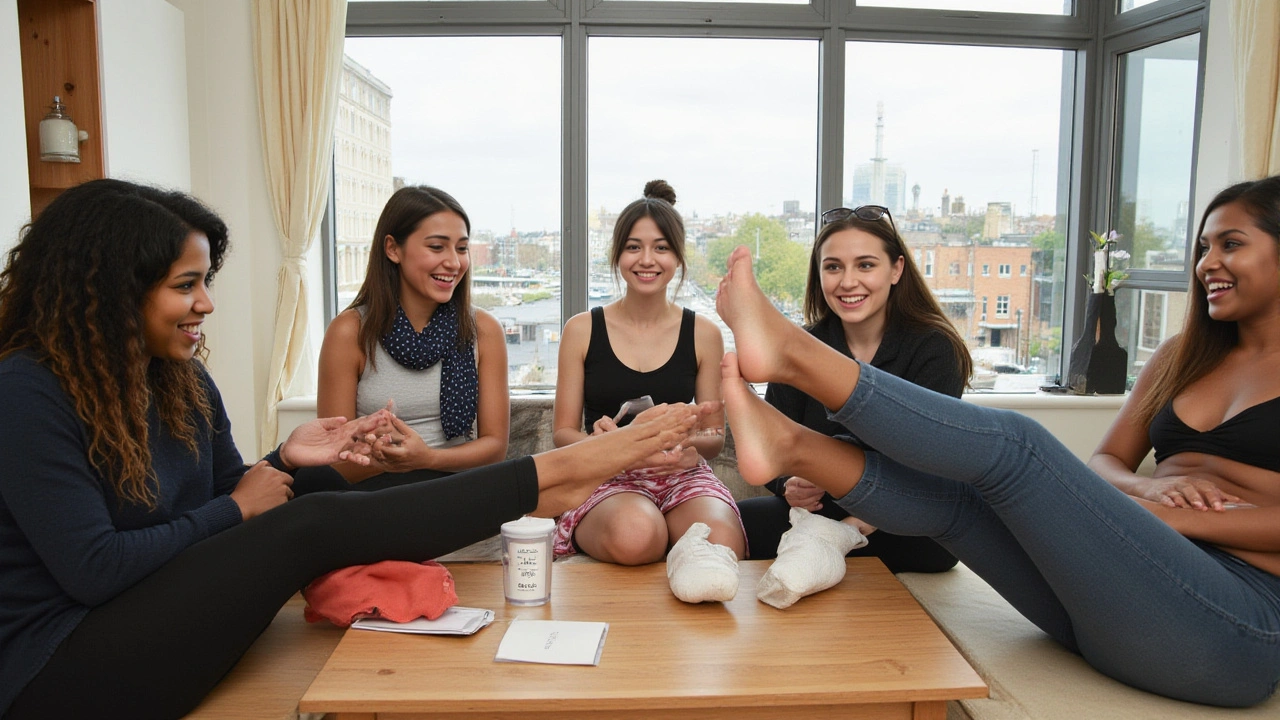
How to Give the Best Home Foot Massage: Tips and Tricks
Here’s the deal: you don’t need fancy training or equipment to treat your own feet well. Start by sitting comfortably and propping one foot on your thigh. Apply lotion or even a little natural oil so your fingers glide easily—it prevents skin tugging and feels soothing. Start with your thumbs at the center of the sole, working from heel to toe in small circles. Keep a firm but gentle pressure—you want to feel it, but not to the point where it hurts. Use your knuckles for the arch (that deep ache? You’ll melt it away fast), then pinch and pull each toe gently. Rotate the ankle slowly, both ways, to ease out hidden stiffness.
If you want to go further, try this routine once a day or 3 times weekly, aiming for five minutes per foot:
- Warm up foot with a hot towel or soak for 3-5 minutes.
- Apply oil or lotion and spread across the skin.
- Use your thumbs to press the heel, moving in slow circles up towards the ball of the foot.
- Knuckle-roll the arch in gentle up-and-down strokes for 30 seconds.
- Pinch, roll, and twist each toe from base to tip.
- Massage the top of the foot and around the ankle gently, using small circles with your fingertips.
- Finish by holding the whole foot in your hands and taking a few deep breaths.
Keep pressure even, and if you hit a sore spot, hold gently for 5-10 seconds before moving on. For stubborn tension, a frozen water bottle rolled underfoot can relieve plantar fasciitis symptoms better than most store gadgets. And here’s a bonus: foot massage before bed encourages deeper sleep. A controlled trial in 2022 showed that people who did five-minute foot massages three nights a week fell asleep almost 20 minutes quicker on average. Imagine replacing late-night scrolling with a little self-care ritual that actually pays off in rest and energy.
The Unseen Benefits: More Than Just Relaxation
You expect foot massage to chase away soreness after a run or busy workday. But the ripple effect is much bigger. Reflexology pressure can help with headaches, allergies, sinus issues, and period pain. In a Danish clinical study, regular foot massage even eased restless legs and cut back on nighttime cramps for 70% of volunteers.
Foot massage impacts the lymphatic system, helping drain excess fluid and reduce swelling—handy for people who sit a lot or travel frequently. An interesting nugget from Swedish geriatric research (2023): elderly participants who got weekly foot massages reported sharper mental focus and steadier moods, even weeks after their last session. Massage helps ‘retrain’ the body’s pathway between nerves and brain, keeping reaction time sharp and reducing spacy, distracted feelings. And don’t overlook how foot massage can strengthen relationships: offering a partner a ten-minute treatment at the end of the day is a quiet act of care, boosting feelings of trust and intimacy.
Young athletes often use foot massage to help recovery after games—reducing muscle stiffness, stopping tiny tears, and making bounce-backs faster. At the same time, people with diabetes are encouraged to do gentle daily foot checks and massage, since it lowers the risk of nerve-related complications. If you’re on your feet for hours (think: teachers, nurses, cooks), carving out this time isn’t a luxury—it’s your ticket to lasting energy. It’s not magic, but the difference is real: freshly massaged feet mean better balance, less fatigue, and a mood boost that lingers all day.
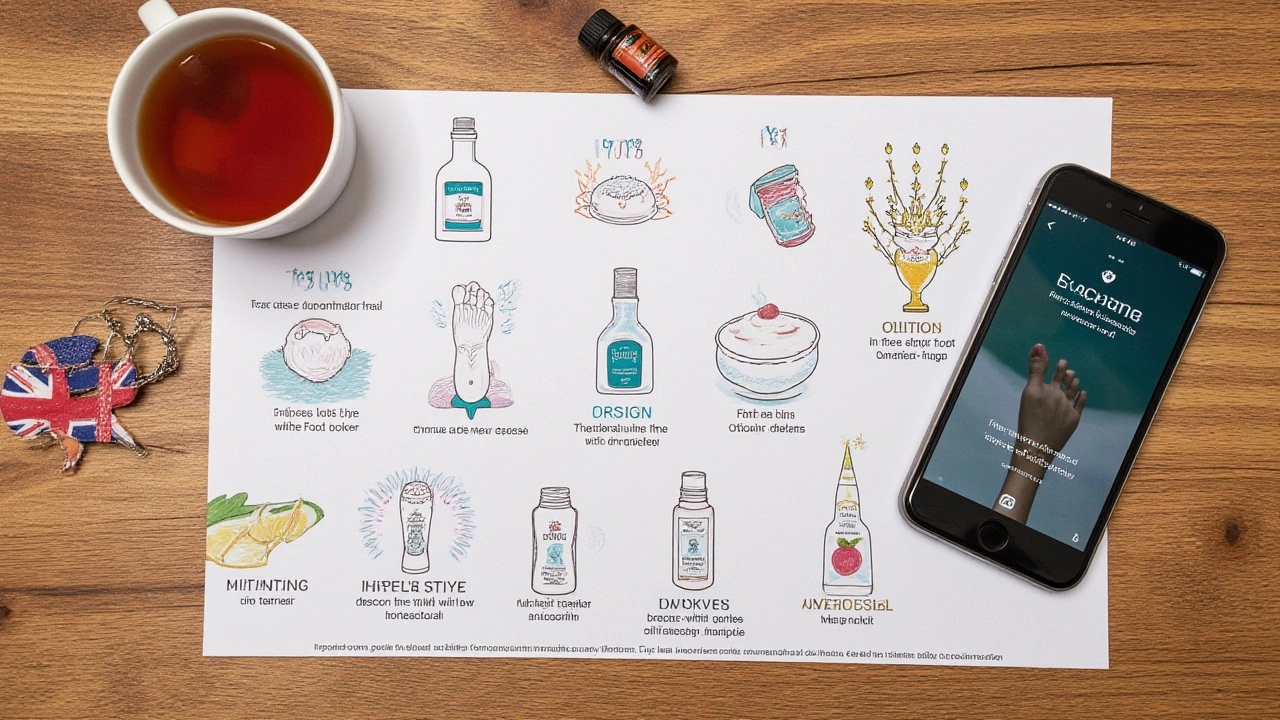
Building Foot Massage into Everyday Life: Small Efforts, Big Results
Anyone can squeeze in a little foot care—no matter how jammed your schedule. Keep a golf or massage ball under your desk and roll it under your foot while you answer emails. Some people stash lotion or oil by their bedside, so they remember a quick rub before lights out. Sharing a five-minute foot massage with a roommate or partner can break the ice after a long day, and it costs nothing. For sporty types, remember: self-massage after workouts stops injury before it starts. Make it automatic, like brushing your teeth.
What about mobility issues? Plenty of hand-held gadgets, brush rollers, or even battery-powered massagers give gentle relief without strain. Take advantage of bath time—add a drop of tea tree or peppermint oil for a spa-like soak, then go over your soles with a washcloth for fifteen seconds of easy pressure. If you’re up for it, combine the ritual with mindfulness: focus on what you feel under your fingers or thumbs. Pay attention to temperature, tension, or tingling. It’s not about chasing pain or fixing a ‘problem.’ It’s showing your feet appreciation after they carry you, day after day.
You might be surprised how much of your mood and energy is tied to regular foot care. A little time spent each week works wonders for stress, quality sleep, and maybe even brings a sense of ritual and comfort in a world that moves too fast. The next time your feet ache or feel ignored—don’t wait. Treat them like what they are: your support, your foundation, and your passport to everyday adventure.

